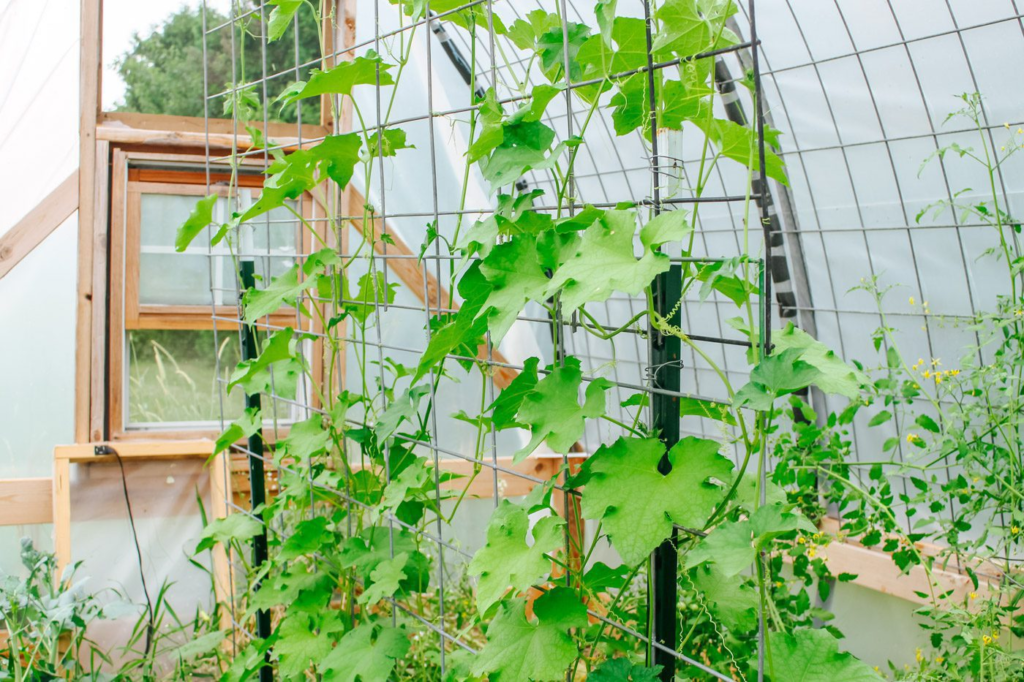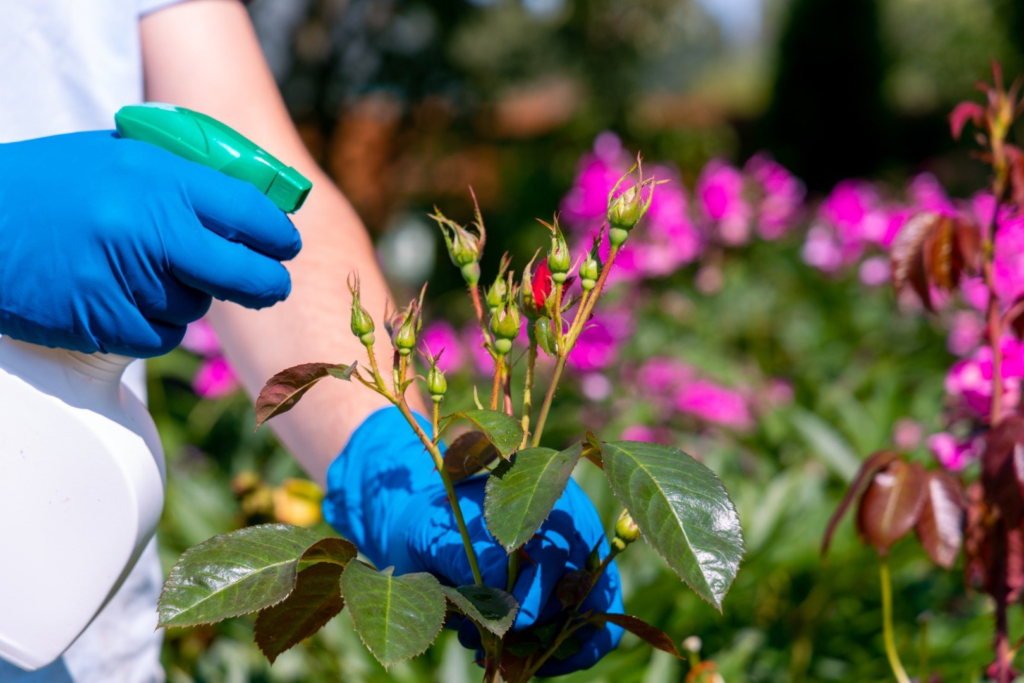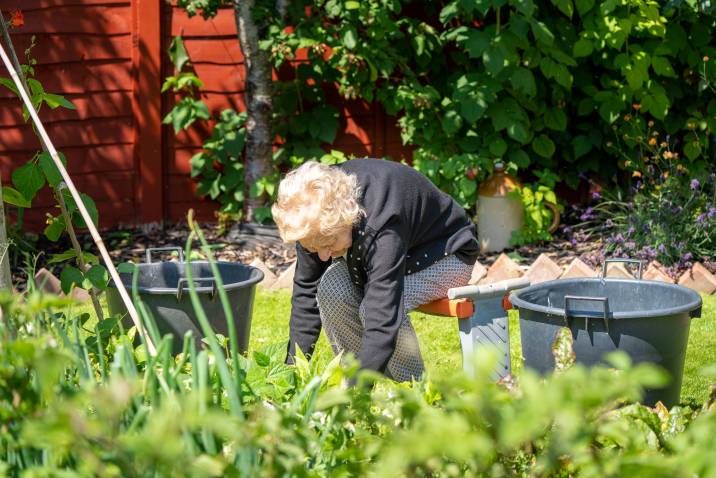By Benedict Vanheems | March 9, 2024
Starting a garden is an exciting adventure, but it comes with its challenges. I learned this firsthand when I broke ground on my first vegetable patch at age 11. From struggling with improper tools to forgetting to water properly, I made every mistake in the book. If you’re just starting, these beginner-friendly tips will help you avoid common pitfalls and set you up for gardening success.
1. Prioritize Healthy Soil
Soil is the foundation of any garden. A rich, nutrient-dense soil full of organic matter will do wonders for your plants. Think of soil like a living ecosystem, akin to a jar of homemade kimchi—it’s alive with beneficial microorganisms that nourish your plants.
Add organic matter like compost, well-rotted manure, or leaf mold at least once a year. This improves soil structure, retains moisture, and promotes healthy plant growth. Winter is an ideal time for this, but any time your garden beds are free, go for it!
2. Choose Reliable Crops
Start with vegetables you love to eat and those that are expensive to buy. Opt for beginner-friendly varieties, like rust-resistant leeks or bolt-resistant spinach. Planning your crops ahead of time minimizes waste and maximizes satisfaction. Browsing seed catalogs can also be an inspiring and enjoyable activity!

3. Plan for Continuous Harvests
Good gardens produce year-round. Plan to grow quick-maturing crops like onions or lettuce early in the season, then replace them with winter cabbages or late-season carrots. Tools like a garden planner can help you organize planting and harvesting schedules effectively.
4. Maximize Vertical Space
Even small gardens can be highly productive. Use trellises, arches, or walls to grow vertically. Crops like beans, cucumbers, and squash thrive in these setups. Repurpose materials like bamboo canes or hazel rods for cost-effective supports, or attach pots to walls for a creative touch.

5. Buy Seedlings to Save Time
Buying seedlings or young plants is a great shortcut for beginners. Focus on high-value crops like tomatoes and peppers, which can be tricky to start from seed. Check that plants are healthy and strong before purchasing to ensure success.
6. Start Seeds Indoors
Starting seeds in pots or trays is often more reliable than direct sowing. It allows for controlled germination away from pests and gives your seedlings a strong start. Invest in sturdy, reusable trays for long-term use and take advantage of windowsills or greenhouses to extend your growing season.
7. Embrace Setbacks
Gardening teaches patience and resilience. Weeds, pests, and failures are inevitable, but they’re also opportunities to learn. Instead of fighting nature, work with it. Attract beneficial insects like ladybugs and hoverflies by planting pollinator-friendly flowers and avoiding chemical pesticides.

8. Mulch for Healthier Soil
Mulching is a simple yet powerful way to improve your garden. Materials like compost, straw, or dried grass clippings protect the soil, conserve moisture, suppress weeds, and enhance fertility over time. Mulching reduces maintenance while supporting healthy plant growth.
9. Save Money Where You Can
Gardening doesn’t have to be expensive. Use recycled containers like yogurt pots or fruit trays for seedlings. Look for free or low-cost organic matter in your community, and consider joining seed swaps. With creativity, you can keep costs low without sacrificing quality.
10. Experiment and Have Fun
Gardening is an ongoing journey of discovery. Try new crops, test different growing methods, and embrace the joy of experimentation. Every season brings fresh opportunities to learn and improve.
With these tips, you’ll be well on your way to cultivating a thriving garden. Remember, the key is to enjoy the process and learn from every challenge. Happy gardening!
